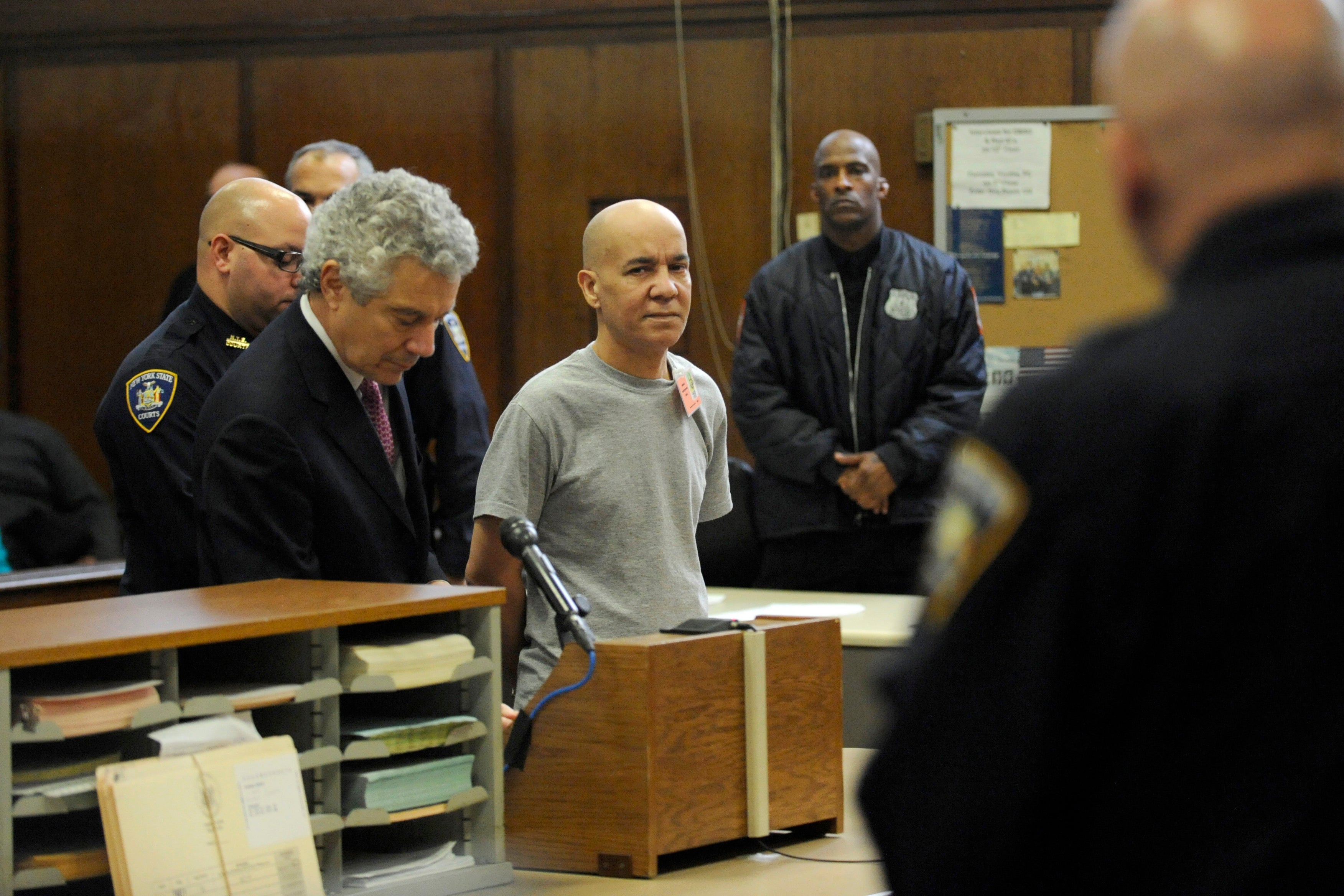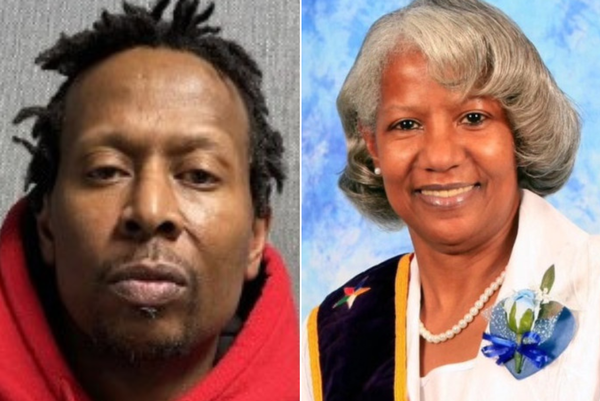
A federal appeals court said Monday that Pedro Hernandez, the man convicted of killing six-year-old Etan Patz in 1979, should either be retried or released, overturning his guilty verdict.
Hernandez, 64, has been in a New York state prison since 2017, serving 25 years-to-life imprisonment sentence for Patz’s kidnapping and murder.
Hernandez was arrested in 2012 after a decades-long, haunting search for answers in Etan’s disappearance, which happened on the first day he was allowed to walk alone to his school bus stop in New York City. Patz’s body has never been found.
His disappearance became an infamous case in the United States, raising parents’ fears about child safety and launching the missing children’s movement. Patz was one of the first missing children to be featured on a milk carton.
Hernandez, who was 18 at the time of Patz’s disappearance, confessed to kidnapping and murdering the boy after hours of police interrogation in 2012.

Lawyers for Hernandez had appealed his conviction, saying the court had given improper instructions to the jury at the time.
On Monday, a three-judge panel in New York City sided with Hernandez, saying the trial court’s instructions prejudiced the verdict. The appeals court said the trial judge gave a “clearly wrong” and “manifestly prejudicial” response to a jury note during Hernandez’s 2017 trial — his second. His first trial ended in a jury deadlock in 2015. His lawyers said he was innocent.
The court ordered Hernandez’s release unless the 64-year-old gets a new trial within “a reasonable period.”
Etan was a first grader who always wanted “to do everything that adults did,” his mother, Julie Patz, told jurors in 2017.
So on the morning of May 25, 1979, she agreed the boy could walk by himself to the school bus stop a block and a half away. She walked him downstairs, watched him walk part of the way and never saw him again.

For decades, Etan’s parents kept the same apartment and even phone number in case he might try to reach them.
Etan’s case spurred a huge search and an enduring, far-flung investigation. But no trace of him was ever found. A civil court declared him dead in 2001.
Hernandez was a teenager working at a convenience shop in Etan’s downtown Manhattan neighborhood when the boy vanished. Police met him while canvassing the area but didn’t suspect him until they got a 2012 tip that he’d made remarks years earlier about having killed a child in New York, not mentioning Etan’s name.
Hernandez then told police he’d lured Etan into the store’s basement by promising the boy a soda, then choked him because “something just took over me.” He said he put Etan, still alive, in a box and left it with curbside trash.
Hernandez’s lawyers said he was innocent and his confession was false, spurred by a mental illness that makes him confuse reality with imagination. He also has a very low IQ.
During jury deliberations at his last trial, jurors were held up by the confession Hernandez gave. In a note from jurors, they asked the judge to clarify whether if they found his confession before being Mirandized “not voluntary,” it meant they had to “disregard” his later confessions.
The judge responded, “No.”
But the three-judge panel in New York said that “contradicted clearly established federal law” and ultimately “this error was not harmless.”
A spokesperson with the Manhattan district attorney’s office told the New York Times. that it is “reviewing the decision."
The advocacy of Stanley and Julie Patz, Etan’s parents, helped establish a national missing-children hotline and made it easier for law enforcement agencies to share information about such cases. The May 25 anniversary of Etan’s disappearance became National Missing Children’s Day.
With reporting from the Associated Press







